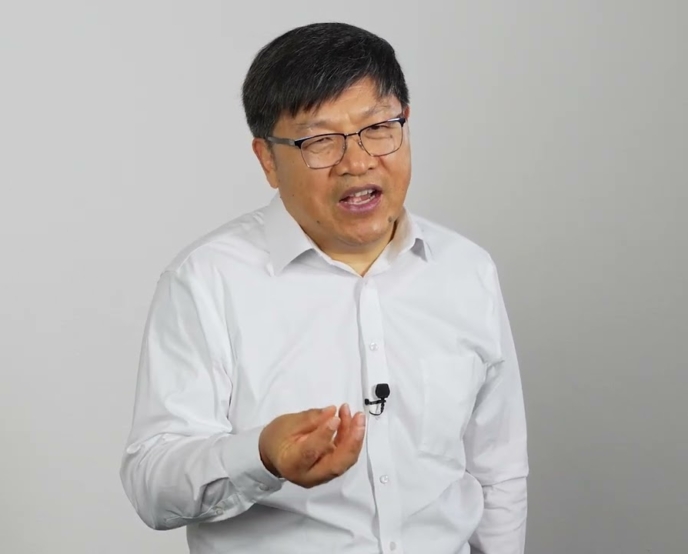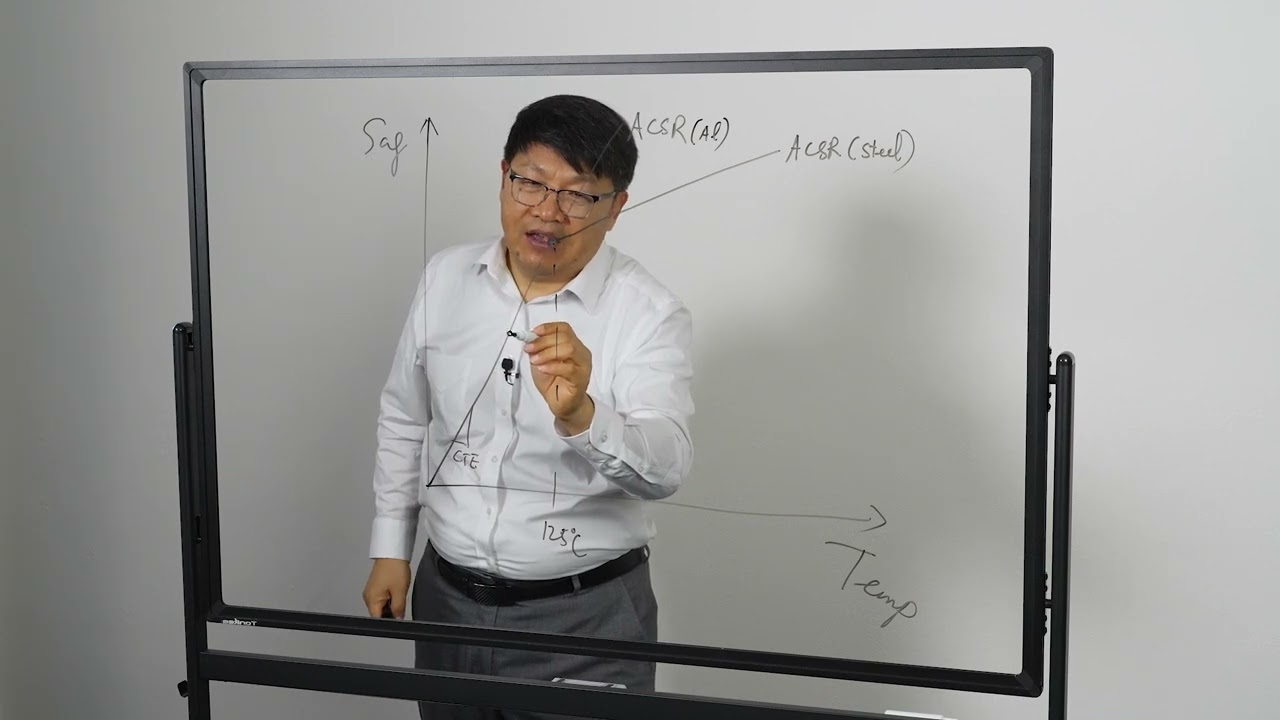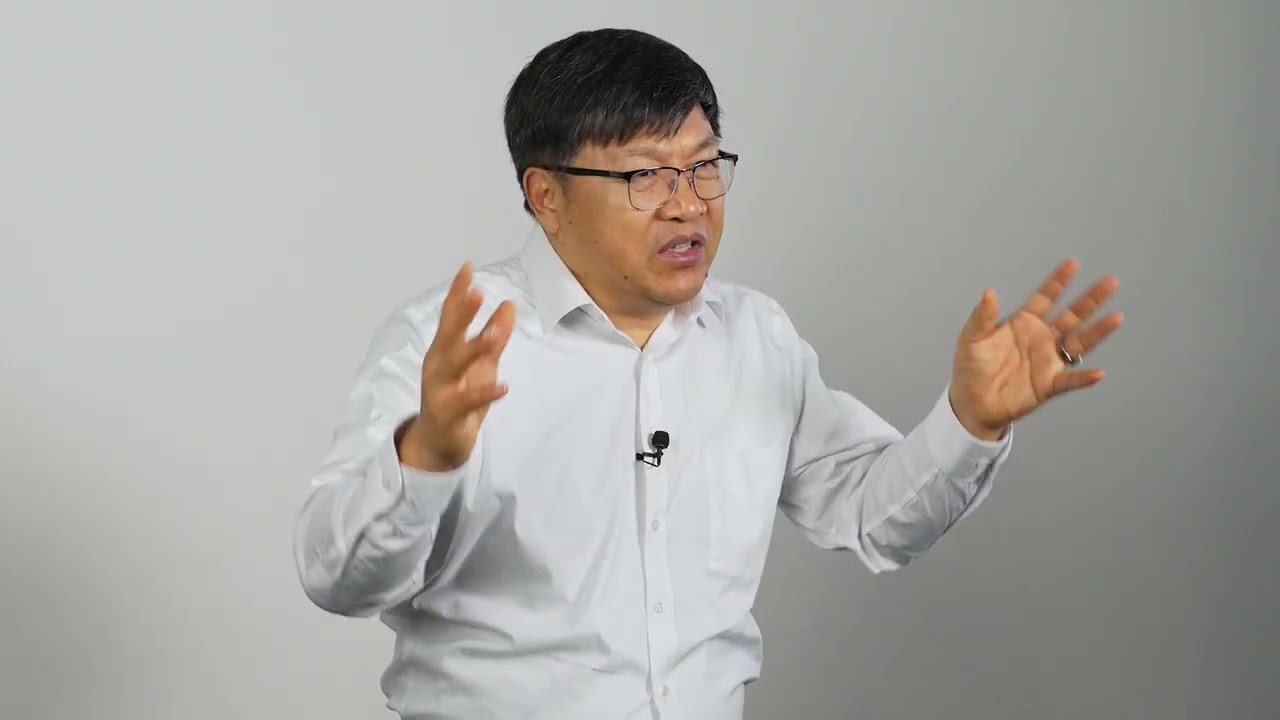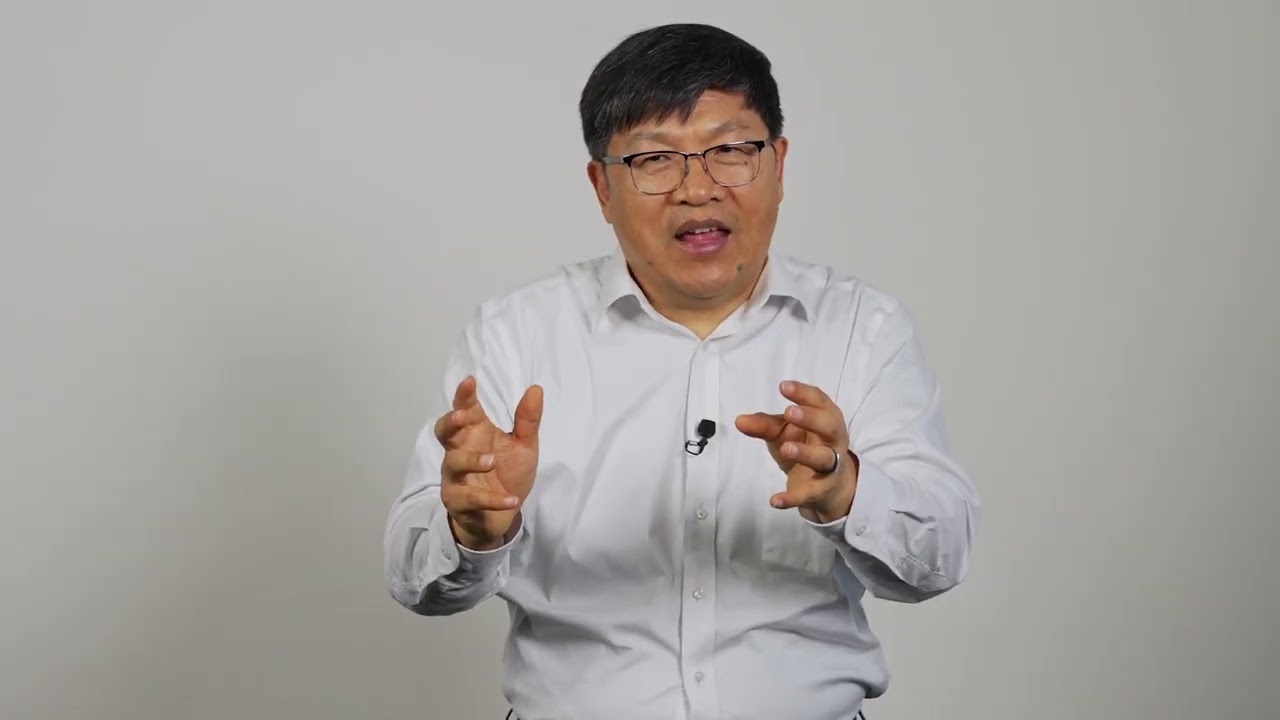In addition to the main conductor evolution story presented elsewhere, several alternative technologies emerged along the way. Understanding why these alternatives achieved limited success provides valuable insights into the practical requirements for transmission conductor design.
Gap Type Conductors
Gap type conductors attempted to manage thermal sag by creating space between the core and outer conductor strands. While this approach effectively lowered the thermal knee point, it introduced significant practical challenges. Installation proved extremely difficult, and repairs were virtually impossible since core breakage would result in retraction from the break point.
Perhaps most problematically, the grease used in the gap design often leaked onto the conductor surface, creating a hydrophobic condition. In high-temperature conditions, this grease could drip onto vehicles and buildings below the line, creating environmental and public relations issues.
INVAR Steel Conductors
INVAR steel conductors leveraged the material’s low coefficient of thermal expansion to address sag concerns. However, several fundamental limitations prevented widespread adoption. The magnetic properties of INVAR steel significantly increased inductive impedance, complicating circuit design. Its relatively low strength necessitated pairing with high-temperature aluminum alloys that exhibited poor electrical conductivity, resulting in higher line losses compared to ACSR.
The combination of high material costs and poor electrical performance has limited INVAR conductor adoption—it has never been used in the U.S. transmission grid.
Multi-strand Composite Conductors
Recent multi-strand composite core designs, such as those using seven smaller composite strands instead of a single core, have generated interest based on a perceived redundancy advantage. This perception, however, is incorrect. A core with four broken strands out of seven provides no more residual strength than a monolithic core with equivalent damage—both have lost the same percentage of their load-bearing capacity.
The multi-strand design actually worsens the fundamental compression failure vulnerability of unidirectional composites. During bending, the strands furthest from the neutral axis experience higher compression stress than an equivalent monolithic core, increasing the risk of failure.
Installation presents additional challenges. Achieving proper crimping force becomes a delicate balance—too little pressure leaves the center strands loose, while too much risks crushing the composite strands at their contact points. These practical issues, combined with higher manufacturing costs from producing and assembling multiple small strands, have limited the success of this approach.
These alternative technologies demonstrate that successful conductor design must balance theoretical performance advantages against practical considerations of installation, maintenance, and long-term reliability. Solutions that appear promising in the laboratory may prove impractical in real-world utility operations.




